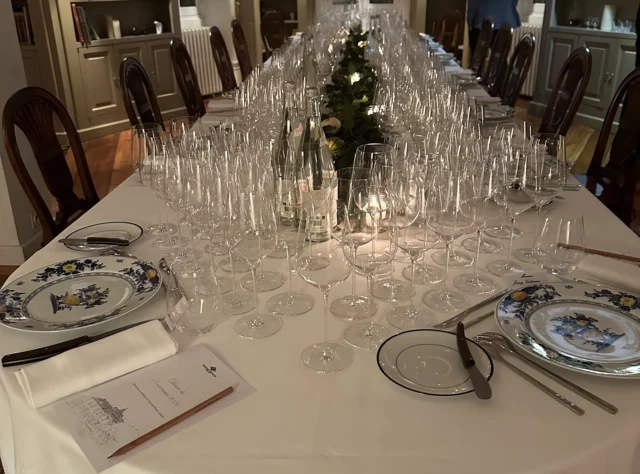2000 Vintage Overview
Updated Sep 2022

The weather
For the second year in a row, a potentially huge crop survived the dangers of spring frost and came through flowering successfully. The vineyard cycle was again precocious, leading to an early harvest, with picking starting in the Côte de Beaune as early as September 11th.
Poor weather in July was a concern, and meant that the red grapes were in a slightly fragile state coming into September. It turned into a fairly wet summer in the Côte Chalonnaise and Côte de Beaune, but better conditions seemed to prevail in the Mâconnais, the Côte de Nuits and the Chablis area.
This divergence was exacerbated by a hideous storm on September 12th which deposited significant quantities of rain, and some hail, too, on the Côte Chalonnaise and the southern part of the Côte de Beaune. It remained hot and humid, which meant that the more-or-less ripe red grapes were liable to explode into rot – so almost everything had to be picked in a hurry. A very few Côte de Beaune reds were picked before the storm.
The Côte de Nuits enjoyed a healthier season throughout, and very little rain on the 12th. It remained hot during the harvest – I drove back to Burgundy on September 15th and noted a temperature of 25°C as I came through Savigny-lès- Beaune at 10.30pm. There was a bit of rain overnight on the 19th / 20th, but otherwise it stayed mostly fine for the harvest.
The white grapes, whose skins had remained thick and healthy, ripened nicely throughout Burgundy. Although a large crop set, growers frequently commented on the comparative thickness of the skins and lack of juice within the grapes.
First impressions
This appeared to be the best year for some time in Chablis and the Mâconnais, two regions which enjoyed good climatic conditions at all the important moments. The wines were ripe and concentrated. The Côte de Beaune whites were less regular, varying from grower to grower which year – 1999 or 2000 – might be preferred. Unlike in 1999, it was better not to pick too early as the grapes were not always fully physiologically ripe, despite good sugar readings. There was a very pure quality to the fruit, though, and a noticeable length of flavour – without massive weight.
The reds had something in common with 1997, another vintage picked in warm conditions with ripe grapes. Many growers remarked that it was hard to extract a lot of colour out of the skins. It was very much a red-fruit rather than a black-fruit vintage, with frequent references to raspberry notes. Good wines for drinking before the 1999s, with occasional stars in the Côte de Nuits.
The wines in bottle
I have not been trying much 2000 White Burgundy recently, except for a few stellar wines from Chablis which enjoyed a great success in 2020. I would be happy to keep the top wines for longer, but otherwise would drink rather than keep this vintage.
The reds have kept going long after we expected them to fall over, and my view at 20 years old is similar to that of 10 years earlier, when I wrote “Most red wines should have, and indeed had been drunk up: those from the Côte de Beaune for sure, though the best wines of the Côte de Nuits have held up longer than expected and could still give pleasure in their open, fruit-forward way.” But I doubt if there is anything out there which will clearly still improve.





